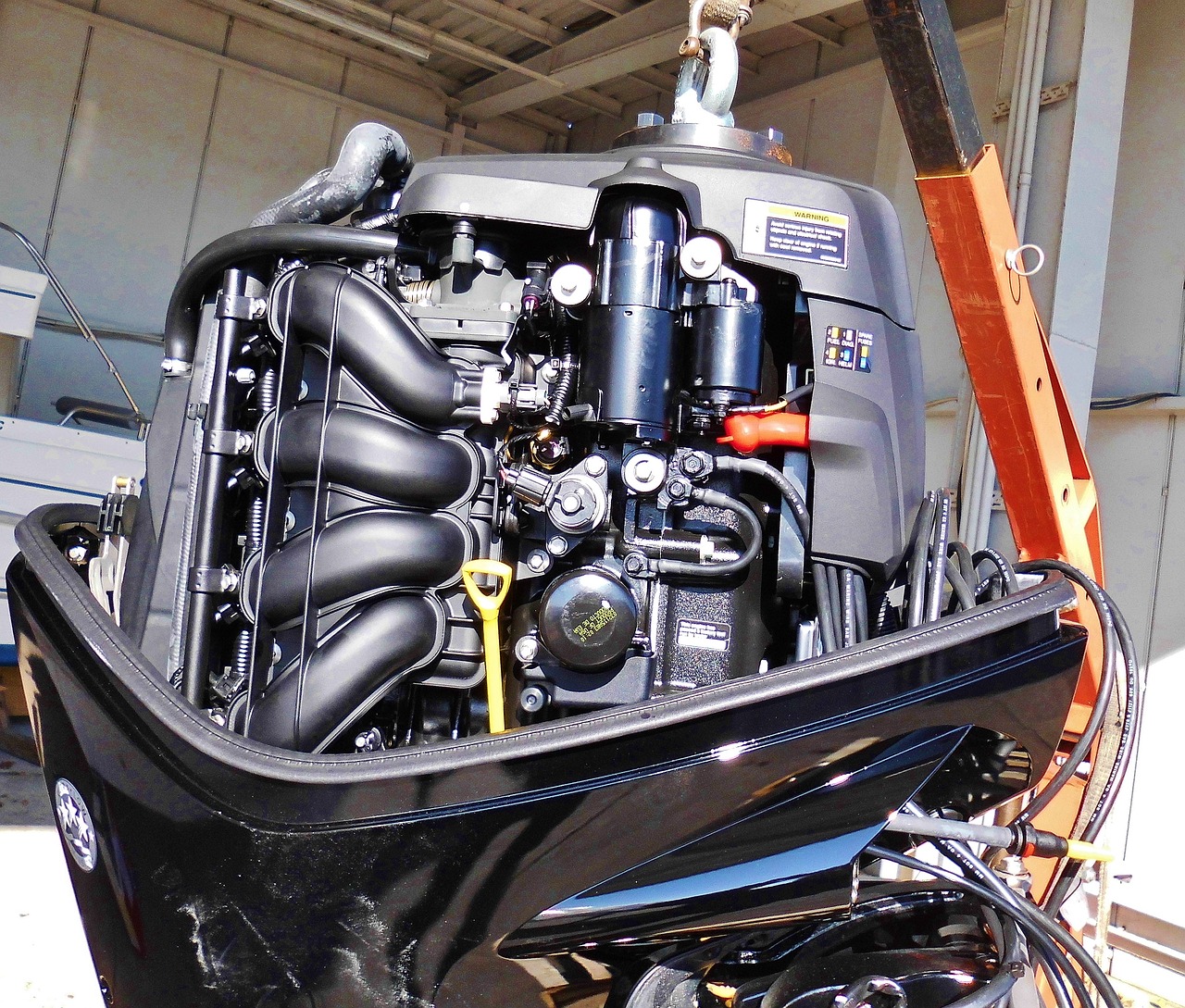When it comes to outboard engines, the method of fuel delivery plays a vital role in performance, efficiency, and overall user experience. Two popular fuel delivery systems used in outboard engines are injection and carburetor. In this article, we will explore the differences between these two systems, their advantages and disadvantages, and their impact on outboard engine operation.
Carburetor:
Traditional Workhorse Carburetor-based fuel systems have been the long-standing standard in outboard engine design. These systems utilize a mechanical device that mixes air and fuel in the carburetor before delivering it to the engine. Here are some key features and considerations:
- Simplicity: Carburetors are known for their simplicity in design and operation. They have fewer components and are generally easier to understand and maintain.
- Cost-Effective: Carbureted outboard engines tend to be more affordable compared to their fuel-injected counterparts. This affordability makes them accessible to a wider range of boating enthusiasts.
- Manual Adjustments: Carburetors require manual adjustments for optimal performance in varying conditions, such as changes in altitude or temperature. This adjustment process can be time-consuming and may require expertise or trial-and-error experimentation.
- Fuel Efficiency Variability: Carbureted engines often have lower fuel efficiency compared to fuel-injected engines. The fuel mixture is typically richer, leading to potential fuel wastage and higher emissions.
Fuel Injection:
Precision and Efficiency Modern outboard engines are increasingly equipped with fuel injection systems, which have become the new industry standard. Fuel injection employs electronically controlled fuel delivery mechanisms, providing precise control and improved performance. Let’s explore its distinguishing characteristics:
- Optimal Fuel-Air Mixture: Fuel injection systems deliver the precise amount of fuel required for combustion, resulting in improved fuel efficiency and reduced emissions. This precise control leads to better performance across various operating conditions.
- Automatic Adjustments: Fuel injection systems automatically adjust the air-fuel mixture based on real-time data from sensors, ensuring optimal performance regardless of changes in environmental conditions. This eliminates the need for manual adjustments.
- Easy Starting: Fuel-injected engines offer quicker and more reliable starts, even after extended periods of inactivity. The electronic control systems manage the fuel delivery process, eliminating the need for manual choke adjustments.
- Higher Initial Cost: Outboard engines equipped with fuel injection tend to have a higher upfront cost compared to carbureted engines. However, the long-term benefits in terms of performance, fuel efficiency, and maintenance costs can outweigh the initial investment.
Conclusion:
Both carburetor and fuel injection systems have their pros and cons in outboard engine applications. Carburetors provide simplicity and affordability, while fuel injection offers precise control, improved fuel efficiency, and automatic adjustments. When choosing between the two, consider factors such as your boating needs, budget, and desired performance. It’s worth noting that advancements in technology have made fuel injection increasingly prevalent in the market, with its benefits outweighing the initial cost. Ultimately, the decision depends on your specific requirements and preferences for a well-rounded boating experience.
